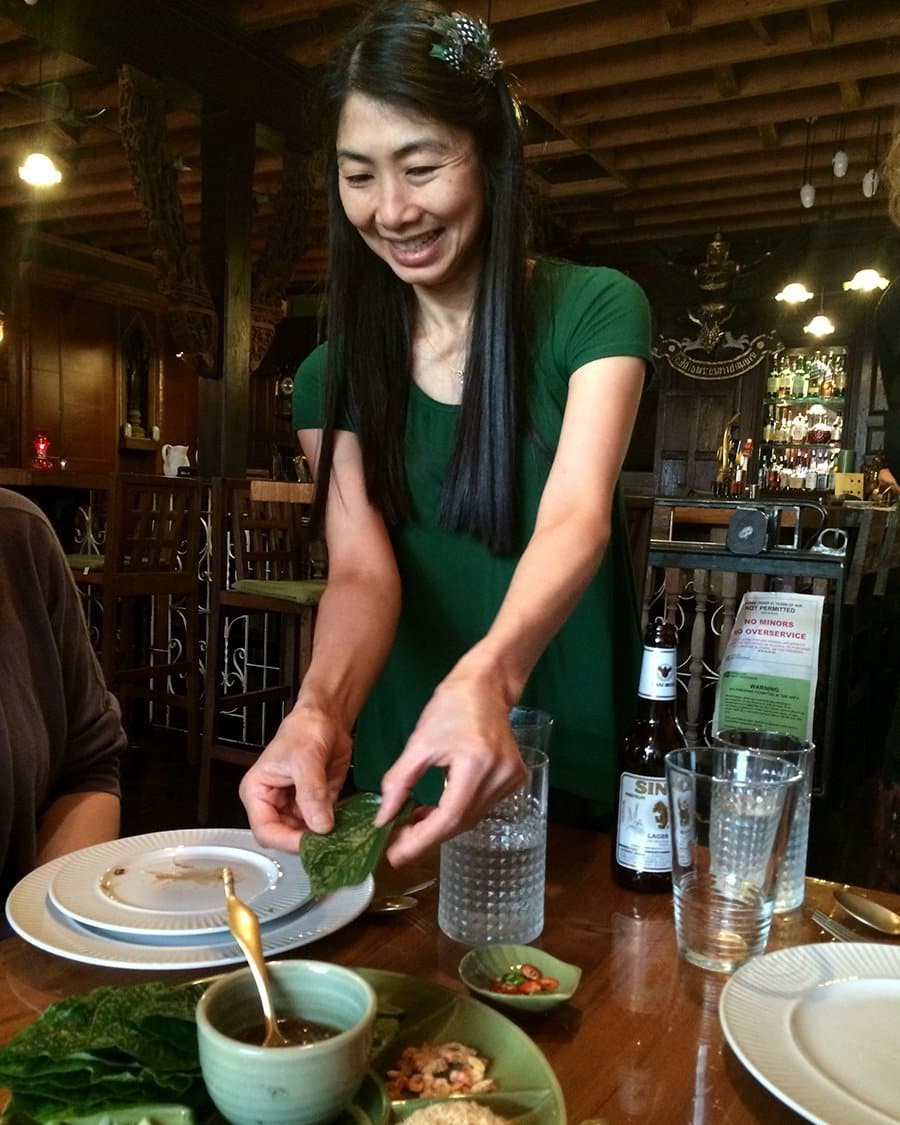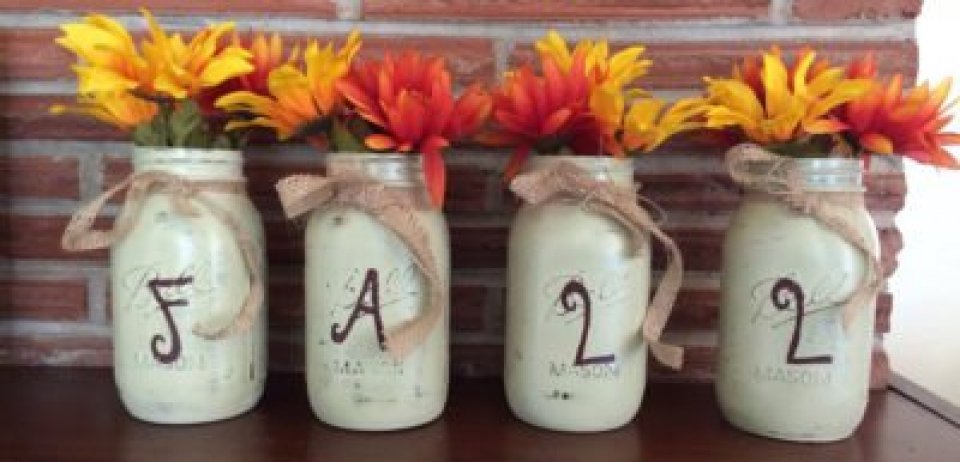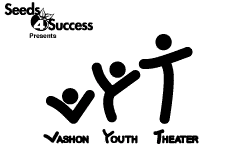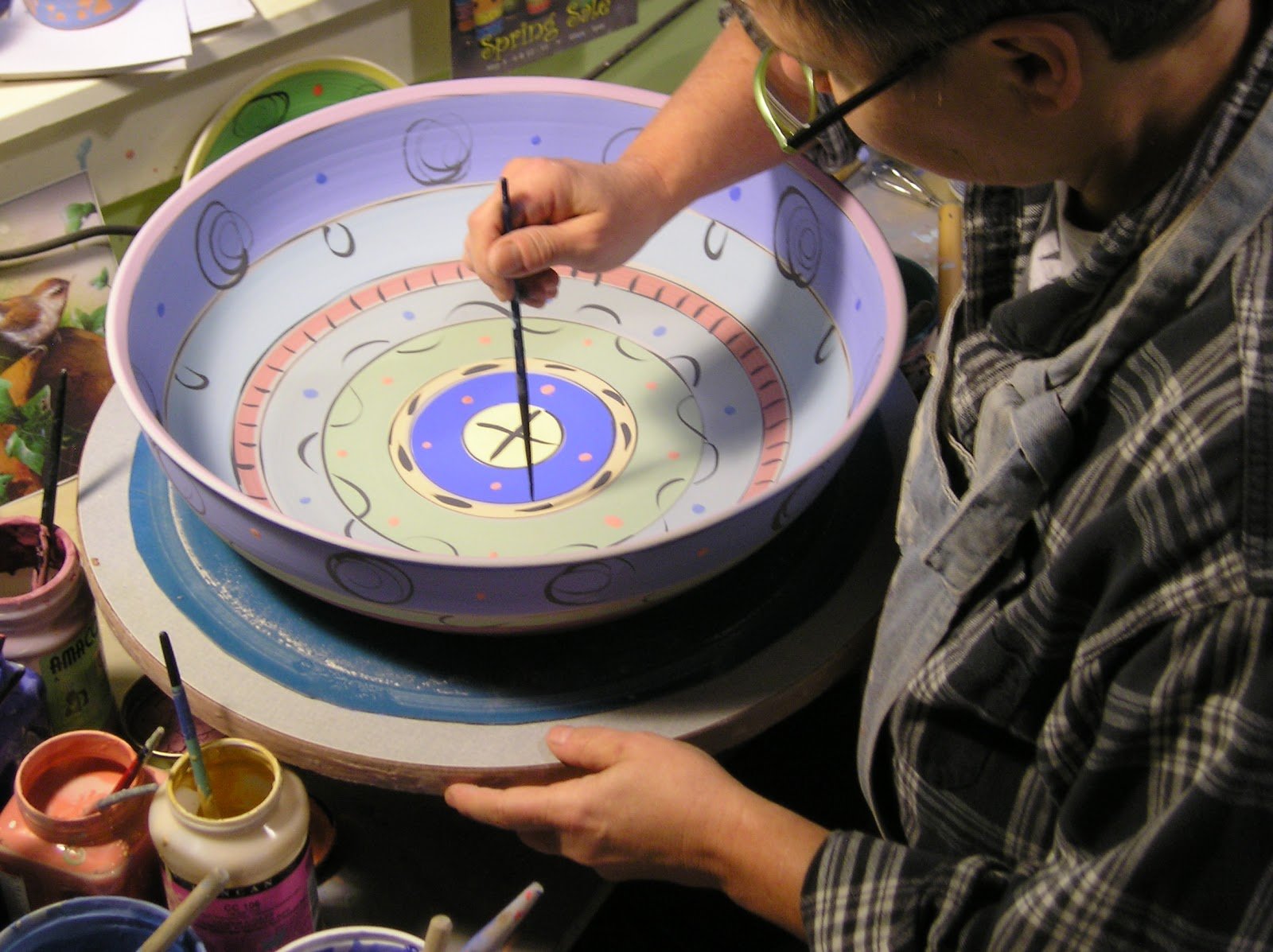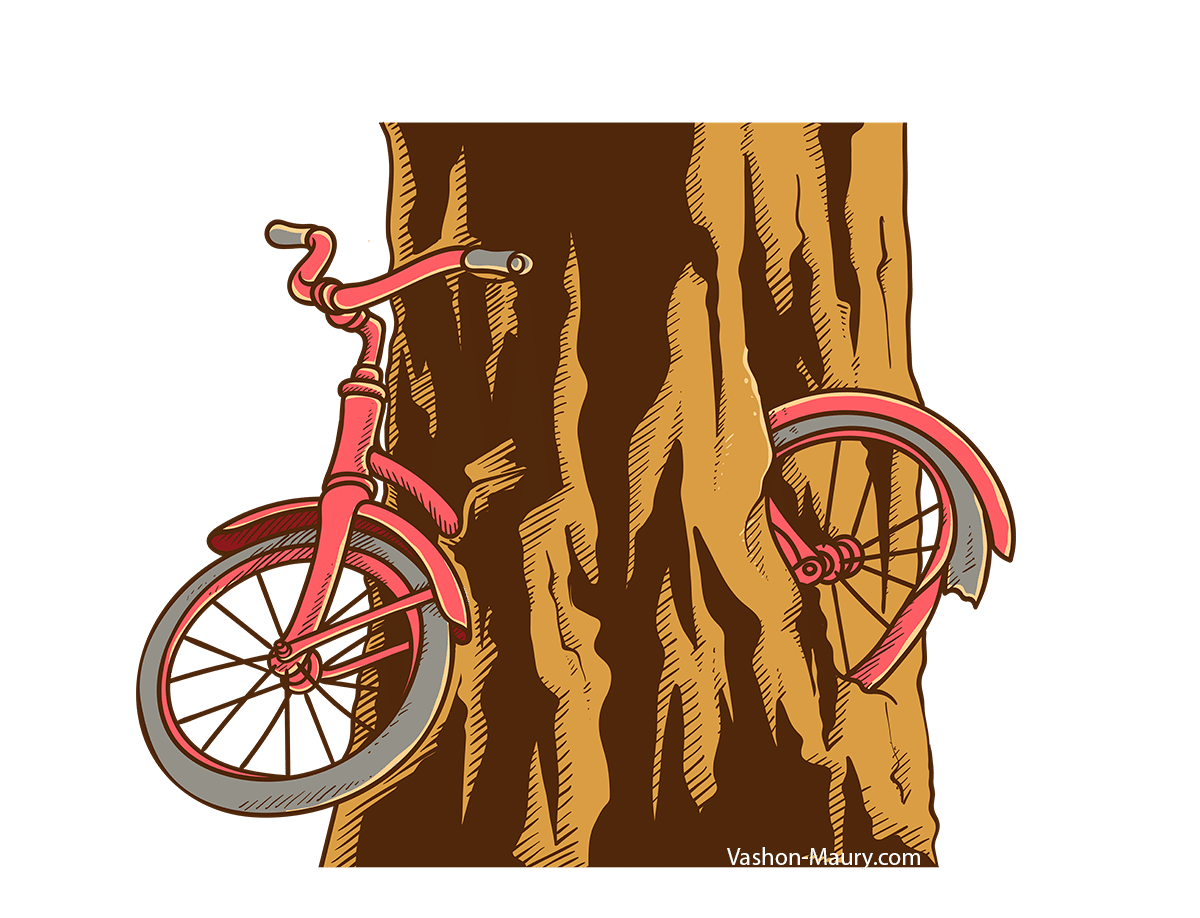Ah, it’s deep and dark December. If the sun rises above the horizon, it’s hidden behind thick gray clouds. In the damp dark, the garden sleeps—not on Vashon, it doesn’t. All sorts of things are happening in the rain, cold and dark. Unseen by human eyes, the quack grass roots are growing through your nice, loamy garden soil, and right now, the ground is too wet for me to go after them.
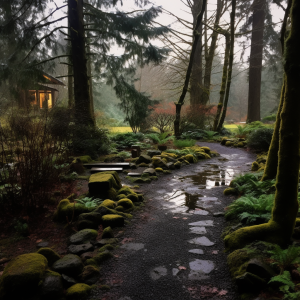
The problem with wet soil is that it compacts into hard lumps if you try to dig or weed. I don’t dig the quack grass when the ground is wet. Trailing blackberries are another story. To kill them the roots must be dug up. I’ve set a bounty on blackberry roots. As long as the whole bed isn’t being dug up, I don’t care if the soil is compacted around any blackberry roots that break off and get left in the ground—evil things. The birds and ducks get any fruit the blackberries produce, so there is no point in letting the runners tangle through my flower beds to scratch and trip me up.
I do have a sneaky trick for defeating the quack grass. Most of my gardens are raised up to sixteen inches. They drain quickly. Give me a few days of dry weather, and I can dig the evil quack grass roots.
This is a great time of year for pruning. Usually, there is a break between rain squalls when you can get out and prune. Remember, every chore done now, is one less to do during the busiest days of gardening season. If you don’t want to go out in the cold dark, we have some great people on Vashon who actually know how to prune fruit trees.
My garden is still full of delights. I’ve left the seed stalks on most of my plants so the birds can come forage instead of lining up at the feeder to sponge off of us. The crab apple trees look like Christmas trees with their bright colored hanging fruit. I still have a nice variety of birds and three kinds of squirrels that come for my seed stalks. Watching the squirrels fall out of the crabapple trees as they venture too far out on weak limbs provides hours of entertainment. Falling out of trees doesn’t hurt them, so the squirrels never give up.
For eating, I have kale, collards, and chard. This time of year, the kale is sweet like corn. My carrots and beets are over-wintering nicely. Occasionally, I go pick some for snacking.
The real fun is with the winter greens for bouquets and decorating. The hardy fuchsias are blooming. I feel somewhat guilty for fighting the hummingbirds for the abutilon flowers. They will attack, hovering in front of my face and shaming me for cutting their flowers. I try to share, but the plant needs to be cut back.
The color variations among the evergreen foliage create a great contrast in arrangements. I have Douglas fir for a base in a bouquet. Cedar adds a yellow hue. Sweetbox has small round leaves contrasting with pine and fir needles. The blue spruce is beautiful but prickly, and I always forget my gloves when handling it. I have the same problem with holly. My holly has beautiful burgundy stems, but I must wear gloves to work with it.
Bare stems can be useful. Red twig dogwood actually earns its place in the garden this time of year. Some stems can be bright pink while others are a deep red. I love their structure. I prune mine so heavily this time of year that the poor plant hasn’t had the energy to invade the rest of the garden. I also have an ornamental willow that annoys me most of the year, but between now and March, its bright yellow stems provide arrangement color. It also has a lacy structure that contrasts nicely with stiffer foliage.
Then there is garland. I like to use Clematis Armandii as a base. This vine is evergreen with long, slender leaves that contrast nicely with fir and pine needles. This plant can be cut, and the long vines look fresh outside from Thanksgiving to Valentine’s Day. It’s my go-to for greens that will be out of the water. It even looks nice inside through the Christmas season.
For more winter color contrast, I prune my lavender. I have varieties that vary from blue-green to silver. It holds up reasonably well out of water for garland. New Zealand flax has a nice mix of variegated colors from dark green through yellow, pink, and into the purple range.
I find my winter arrangements some of the most stunning I make all year. Adding the fresh scent of greens to your home provides a bit of old-fashioned spirit to an otherwise dreary season.
An important winter garden feature is the lights to help you enjoy landscaping in the cold, perpetual dark. The most popular method of lighting the garden is to string thousands of tiny lights on all the shrubs. A spotlight highlighting the structure of a bare tree is dramatic. Lights in unlikely places can give your garden mystery. Lights at the perimeter give you depth outside your otherwise dark windows. If you have a path that is too dark, hang more lights. We have a string of lights along the path to the duck pen. We can’t see the duck pen in the dark, but the lights draw my eyes into the yard. Remember, the winter lights aren’t about any one religion. They’re about defeating the perpetual cold gray dark.
I hope I’ve given you some ideas to encourage you to swim outside through our atmospheric river to overwork in the garden in December. May the peace of the garden be with you.


